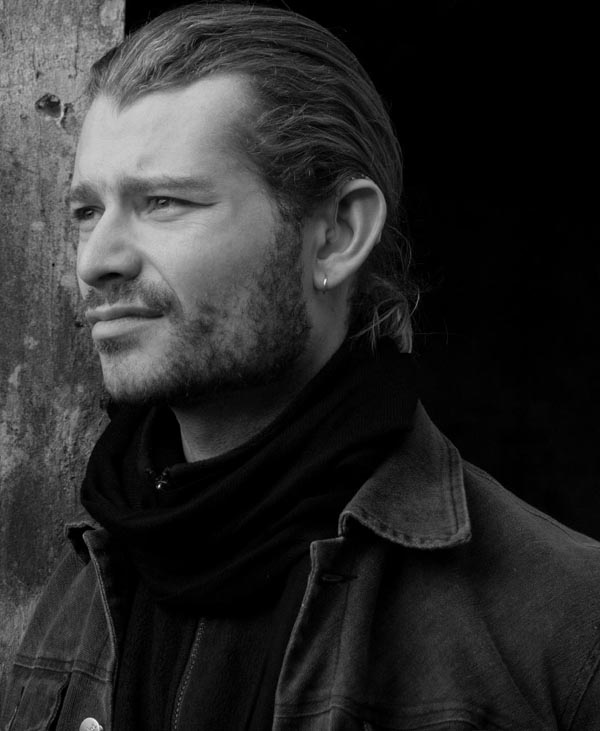 One of the reasons that Andy and I went to Krakow, is that we were interested in seeing the Jewish events and the slave camps that were used in WWII. We decided to see the biggest camp of all, called Auschwitz.
One of the reasons that Andy and I went to Krakow, is that we were interested in seeing the Jewish events and the slave camps that were used in WWII. We decided to see the biggest camp of all, called Auschwitz.The site of the Nazi's notorious Auschwitz death camp is one hour’s bus ride from the town of Krakow. Between June 1941 and January 1945 about one million men, women and children perished in the three Auschwitz concentration camps. There were called Auschwitz, Birkenau and Monowitz and also showing their forty sub-camps. At its prime, the whole complex was a deadly prison to some 150,000 inmates that were being either murdered outright or starved and worked to death.
History of the Auschwitz-Birkenau Death Camp
In 1939, Adolf Hitler destroyed the Polish town of Oswiecim as part of the Third Reich holocaust plans, and a year later the Nazis converted the town’s abandoned barracks into a concentration camp. The first inmates, a group of Polish political prisoners, arrived on June 14, 1940. In addition to Poles there were soon imprisoned Soviet POW’s, Gypsies, and other nationals from the rest of German-occupied Europe to suffer and die in the hellish conditions. In 1942, notably after the construction of the nearby Birkenau (Auschwitz II) concentration camp, trainloads of European Jews start to come. Most of them were immediately put to death in the Birkenau gas chambers.
- October 1939: the Nazis annex the ancient Polish town of Oswiecim to the Third Reich and rename it Auschwitz.
- November 1939: new German administration installs a German mayor.
- 1940-1944: Polish peasants are being driven out of the area to make room for German settlers.
- 1940: on Himmler’s order Jewish slave workers change emptied army barracks into a concentration camp.
- June 14, 1940: the Nazis bring political prisoners, all of them Poles, to Auschwitz Concentration Camp as its first inmates.
- 1941: all Jews are forced out of Oswiecim.
- October 1941: construction began of the Birkenau Concentration Camp, i.e. Auschwitz II, starts near Oswiecim.
- 1942: Creation of Auschwitz III-Monowitz Concentration Camp.
- January 1945: Evacuation of the Auschwitz camps.
- January 27, 1945: the Soviets liberated Oswiecim.
- 1947: new Polish government creates Auschwitz-Birkenau State Museum on the site of the concentration camps.
- 1967: erecting of the International Monument to the Victims of Fascism at Birkenau.
- 1979: UNESCO enters the Auschwitz concentration camp and the Birkenau death camp in its list of World Heritage sites.
- 1986: launching of the Youth Meeting House in Oswiecim.
- 1992: opening of the Center Dialogue and Prayer.
- 2000: opening of the Auschwitz Jewish Center and Chevra Lomdei Mishnayot Synagogue.
Click here to view the passionate traveler's photos of Auschwitz...
